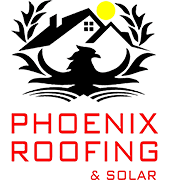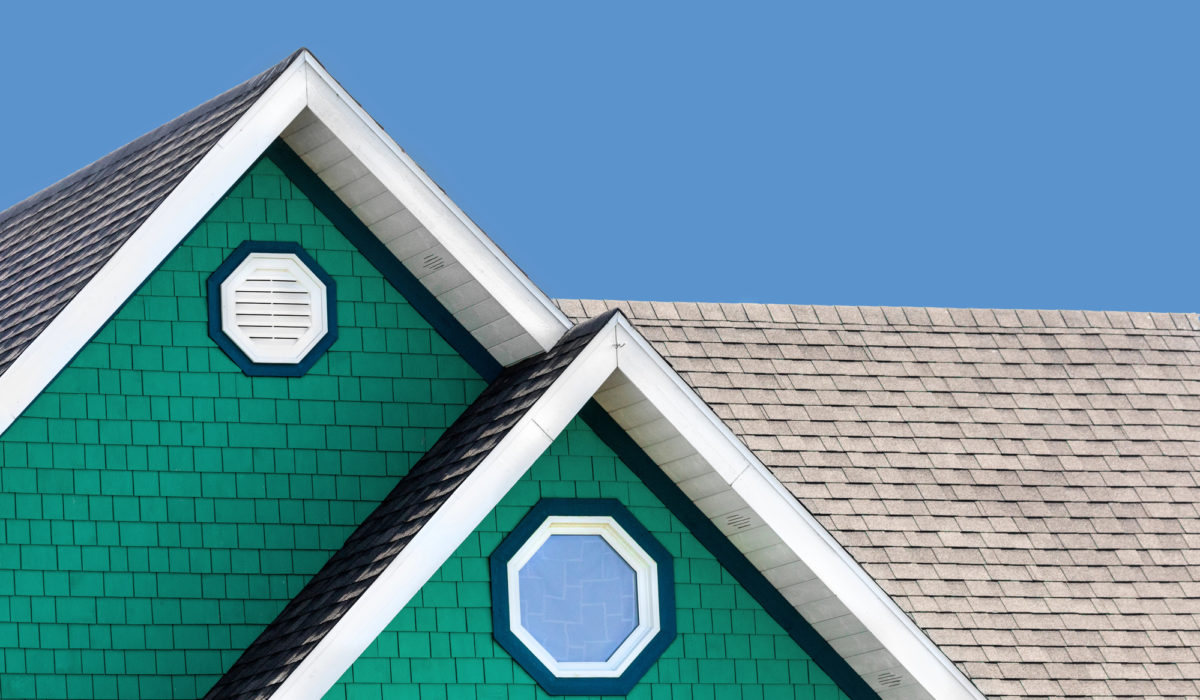- 0 Comment
The Hidden Risks of Summer Heat on Your Roof
Summer brings warmth and sunshine, perfect for outdoor activities and vacations. However, the same weather that makes summer enjoyable can also pose hidden risks to your roof. Prolonged exposure to intense heat and sunlight can significantly impact the integrity and longevity of your roofing system. Understanding these risks can help you take proactive measures to protect your roof and ensure its durability.
Thermal Expansion and Contraction
One of the primary effects of summer heat on your roof is the constant cycle of thermal expansion and contraction. Roofing materials, particularly asphalt shingles, expand when heated and contract when cooled. This continuous movement can cause the materials to weaken over time, leading to cracks, splits, and eventually, leaks. These small fissures can allow water to penetrate the roof during rainstorms, causing further damage to the roof structure and the interior of your home.
Degradation of Roofing Materials
Intense summer heat can accelerate the degradation of roofing materials. Asphalt shingles can become brittle and lose their flexibility, making them more susceptible to cracking and breaking. Wooden shingles and shakes can dry out and warp, while metal roofing can expand and contract, potentially leading to the loosening of fasteners and seams. The constant exposure to high temperatures can significantly reduce the lifespan of your roofing materials, necessitating more frequent repairs or replacements.
Increased Wear and Tear
The relentless heat of summer can also increase the wear and tear on your roof. The adhesives that hold shingles and other roofing materials together can break down more quickly under intense heat, leading to loose or missing shingles. Additionally, the protective granules on asphalt shingles can loosen and fall off, reducing the shingles’ ability to protect your home from UV rays and water damage. This increased wear and tear can compromise the overall effectiveness of your roofing system.
UV Radiation Damage
Apart from heat, UV radiation from the sun can also have detrimental effects on your roof. UV rays can break down the chemical bonds in roofing materials, causing them to deteriorate. Asphalt shingles, for example, can lose their color and become less effective at protecting your home. Wooden shingles can become dry, brittle, and prone to splitting. The constant exposure to UV radiation can significantly shorten the lifespan of your roofing materials and make them more vulnerable to other types of damage.
Ventilation and Insulation Issues
Proper ventilation and insulation are crucial in maintaining the integrity of your roof during the summer months. Poor ventilation can cause heat to build up in the attic, increasing the temperature of the roof deck and accelerating the deterioration of roofing materials. Inadequate insulation can lead to heat transfer from the roof into the living spaces, causing your air conditioning system to work harder and increasing your energy bills. Ensuring that your attic is properly ventilated and insulated can help mitigate these issues and protect your roof from the effects of summer heat.
Preventative Measures
To protect your roof from the hidden risks of summer heat, consider the following preventative measures:
1. Regular Inspections
Schedule regular roof inspections, especially before and after the summer season. A professional roofer can identify and address any issues caused by heat and UV exposure, such as cracked or missing shingles, before they become major problems.
2. Proper Ventilation
Ensure that your attic and roof have proper ventilation. Adequate ventilation helps regulate the temperature in your attic, reducing the overall heat load on your roof. This can prevent excessive thermal expansion and contraction and extend the lifespan of your roofing materials.
3. Reflective Roofing Materials
Consider installing reflective roofing materials or a cool roof coating. These materials reflect a significant portion of the sun’s rays, reducing the heat absorbed by your roof. This can help lower the temperature of your roof’s surface and minimize the effects of thermal expansion and UV radiation.
4. UV-Resistant Materials
When replacing or installing a new roof, opt for UV-resistant materials. Modern roofing products are designed to withstand UV radiation better and retain their color and integrity for longer periods. Discuss your options with a roofing professional to choose the best materials for your climate.
5. Regular Maintenance
Keep your roof well-maintained by cleaning debris, repairing minor damage promptly, and ensuring gutters and downspouts are clear. Regular maintenance can prevent small issues from escalating into more significant problems caused by heat and UV exposure.
Conclusion
Summer heat and UV radiation can pose hidden risks to your roof, leading to material degradation, increased wear and tear, and structural damage. By understanding these risks and taking proactive measures, you can protect your roof and extend its lifespan. Regular inspections, proper ventilation, and the use of reflective and UV-resistant materials are key strategies to safeguard your roof during the hot summer months. Investing in these preventative measures can save you time, money, and the hassle of dealing with extensive roof repairs in the future.

